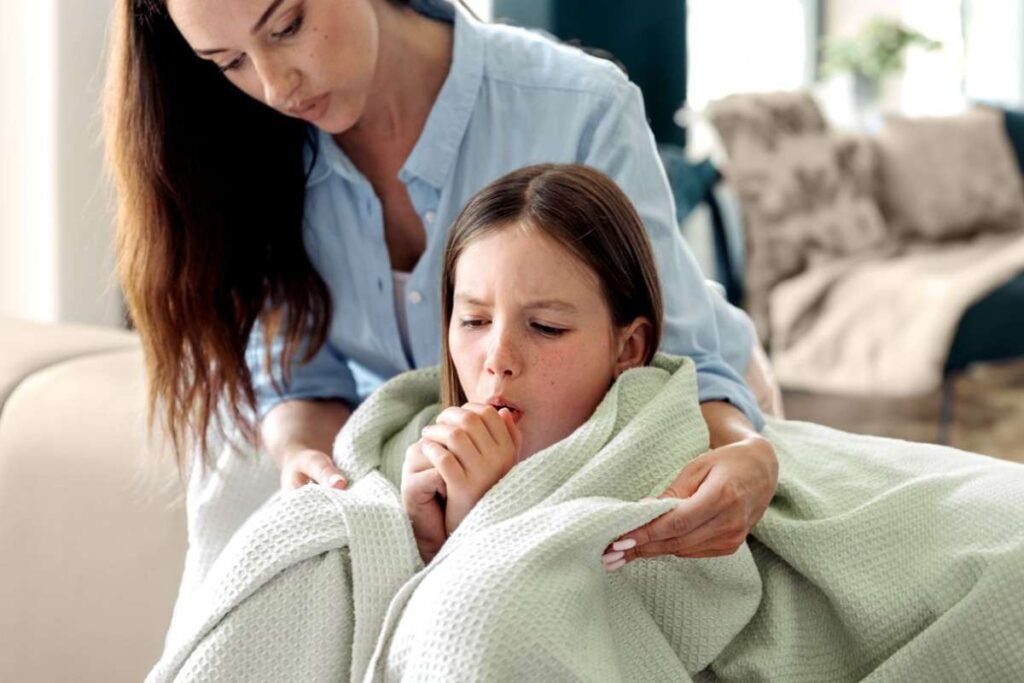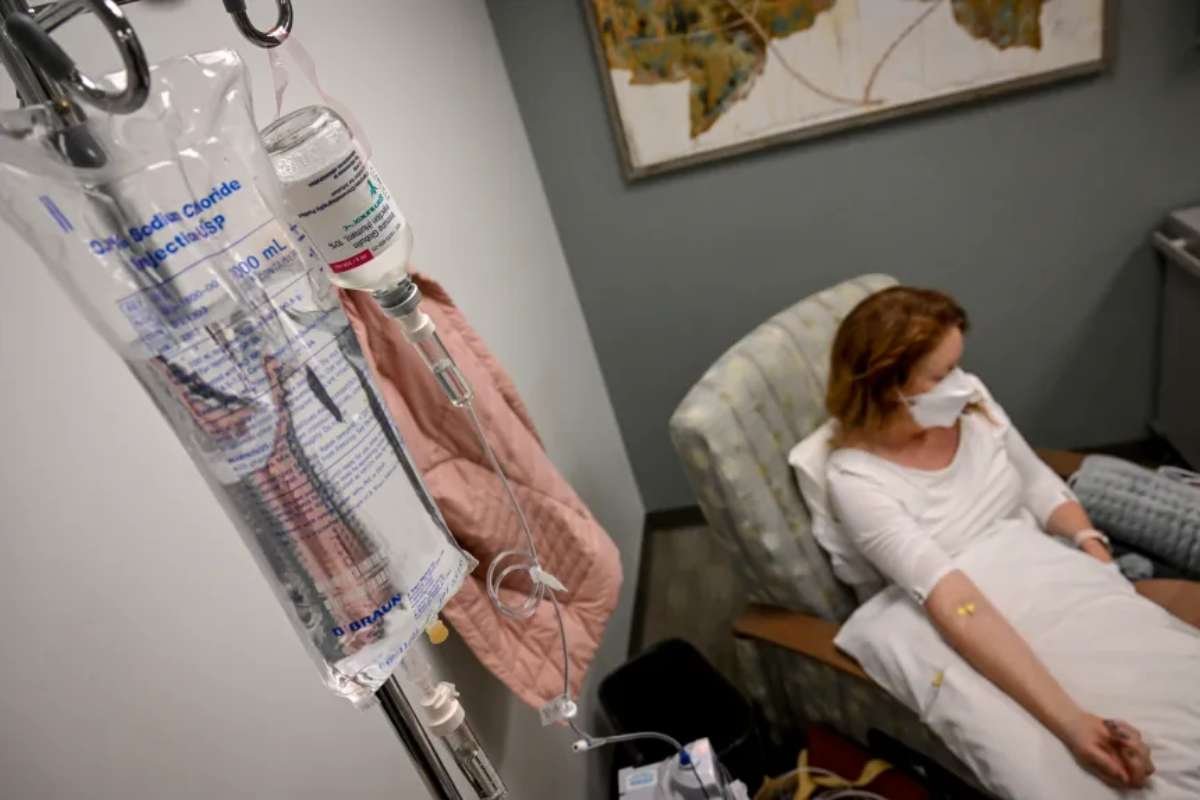Resurgence of Whooping Cough
Whooping cough, or pertussis, is making a comeback after a period of relative quiet at the onset of the COVID-19 pandemic. In the coming months, a mix of respiratory illnesses, including the common cold, COVID-19, the flu, and respiratory syncytial virus (RSV), will contribute to a rise in coughs. Among these, pertussis is emerging as a significant concern, with over 16,000 cases reported in the U.S. as of September 28, 2023. This figure represents more than a fourfold increase compared to the same time last year.
Understanding Pertussis
Pertussis is caused by the bacterium Bordetella pertussis, which spreads easily through droplets from an infected person’s mouth or nose. Once inside the respiratory tract, the bacteria release toxins that contribute to the severity of the illness. Early antibiotic treatment is crucial to manage the disease, as it can reduce the effects of these toxins. However, diagnosing pertussis can be challenging, particularly during its initial stage, which resembles a common cold with symptoms like congestion, sore throat, and general malaise. In healthy adults, the infection may manifest as a lingering whooping cough, while older children might show less specific symptoms such as a runny nose. Many cases go undiagnosed, making it difficult to control its spread.
Vulnerability and Severe Cases
Pertussis is highly contagious, meaning that even individuals with mild symptoms can transmit the infection to vulnerable populations, including young children and the elderly. Severe cases are marked by intense coughing fits, often accompanied by a characteristic whooping sound as the individual struggles to catch their breath. These coughing episodes can be so forceful that they may lead to vomiting. Infants are particularly at risk, as their inability to breathe through their mouths can result in inadequate oxygen intake during severe coughing episodes. In 2023, more than 20% of pertussis cases in children under six months old resulted in hospitalization. Treatment typically includes intravenous fluids for hydration and respiratory support.
Lingering Effects of Pertussis
Even after the intense coughing phase has passed, individuals may experience a prolonged recovery period characterized by a lingering whooping cough, often referred to as the 100-day cough. Starting antibiotics during this recuperation phase does not accelerate recovery since the bacterial toxins have already done their damage.
Current Case Rates
The CDC has reported over 16,000 pertussis cases in 2023, but this figure likely underrepresents the true number of infections, as milder cases often go undiagnosed. New York, Pennsylvania, Illinois, and California have reported the highest case numbers, each exceeding 1,000. Alarmingly, the rise in pertussis cases is not confined to the U.S.; England reported over 10,000 cases in the first half of 2024, surpassing the annual totals of the past decade. Experts believe that these figures indicate a trend rather than a simple resurgence after a lull.
Vaccination Status
The vaccine that significantly reduced pertussis rates is no longer in use due to its association with serious side effects. Since the 1990s, the U.S. has employed an acellular vaccine that includes only parts of the bacterium, such as surface proteins and the pertussis toxin. These vaccines are combined with tetanus and diphtheria immunizations into two shots: DTaP for infants and young children and Tdap for older children and adults.
While these newer vaccines are safer, experts warn that they may not provide as robust or long-lasting immunity as their predecessors. Immunity from either natural infection or vaccination appears to last around six years, creating a potential gap for new infections since the recommended schedule for tetanus boosters, which include pertussis, is every 10 years.
Vaccination rates remain high among children and teenagers, with approximately 94% and 89% coverage, respectively. However, coverage among adults is significantly lower, with around 40% of U.S. adults having received a Tdap vaccine or booster in the last decade. Alarmingly, only 55% of women who recently gave birth received the Tdap vaccine during pregnancy. Experts point to disrupted healthcare access during the pandemic and rising vaccine hesitancy as factors contributing to these low rates.
Conclusion
Although adults may not face severe consequences from pertussis, they risk transmitting the bacteria to more vulnerable individuals. The low vaccination rates among pregnant women are particularly concerning, as maternal immunity is critical for protecting infants until they can receive their own vaccinations. Experts stress that with existing vaccines, it is entirely preventable for babies to suffer from pertussis. There is a pressing need for renewed public health efforts to bolster vaccination rates and safeguard communities against this preventable disease.










